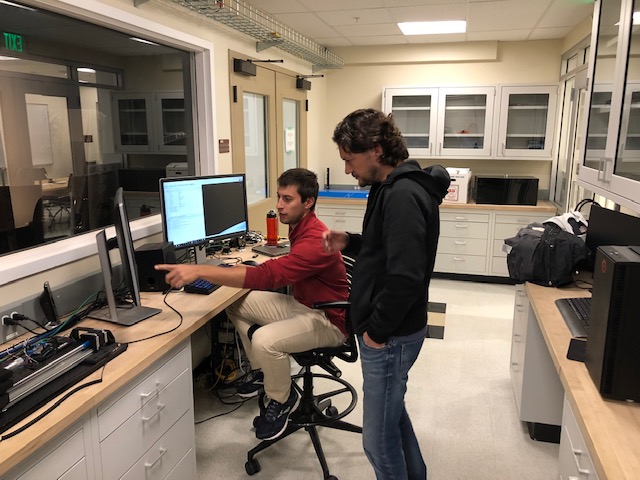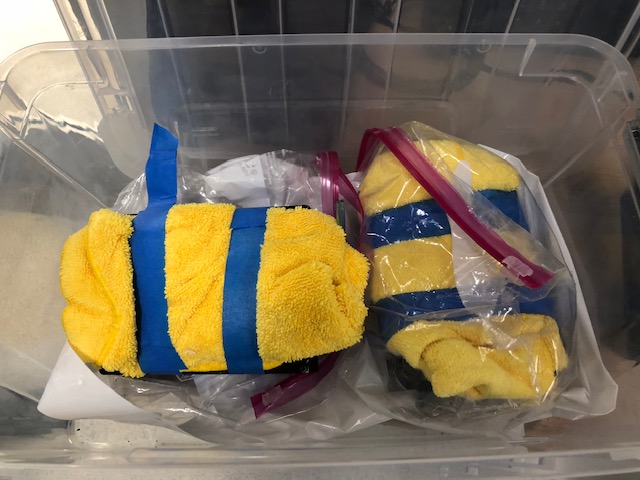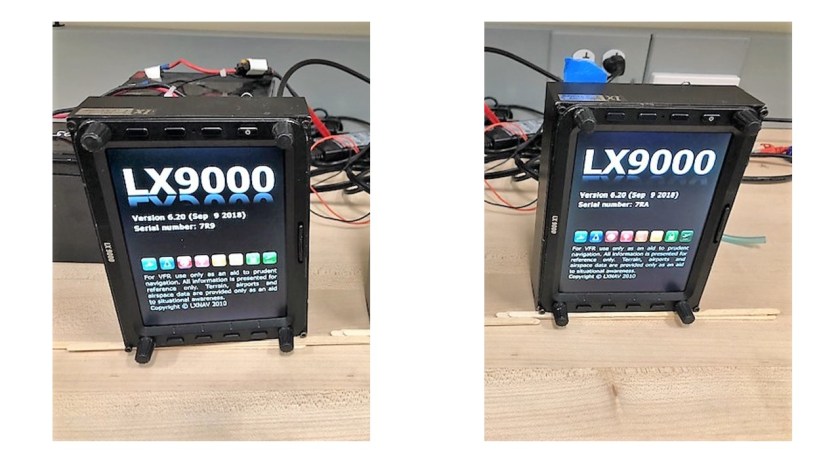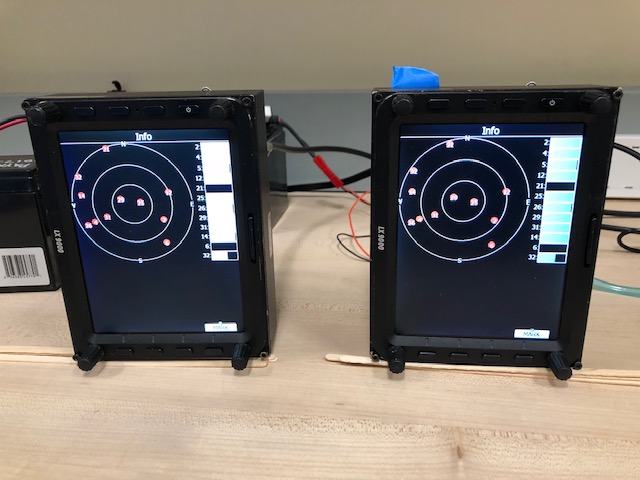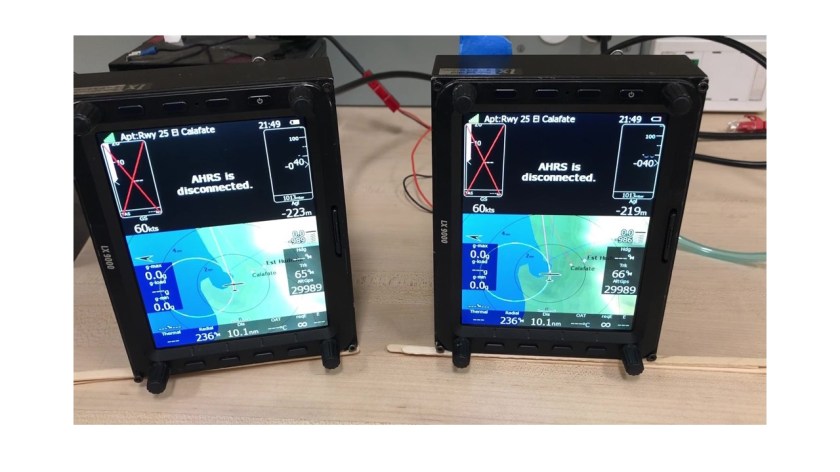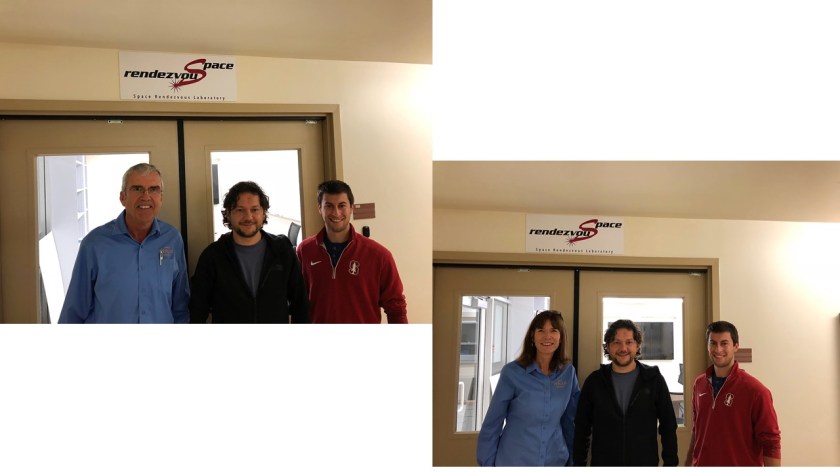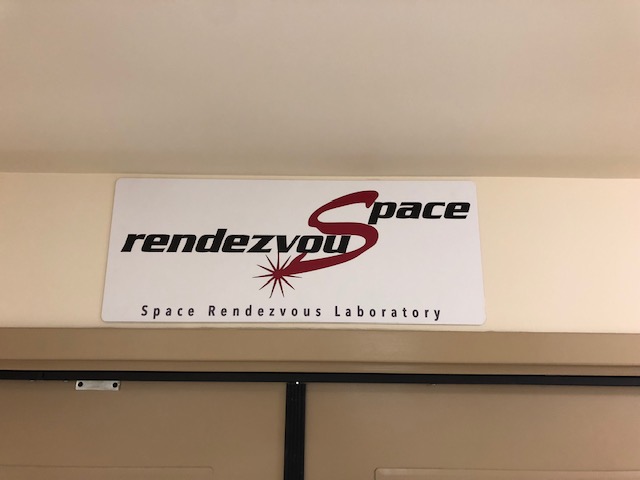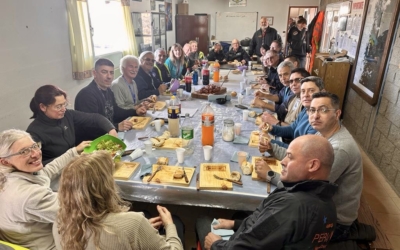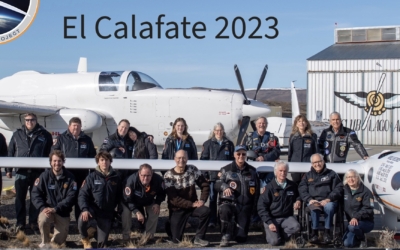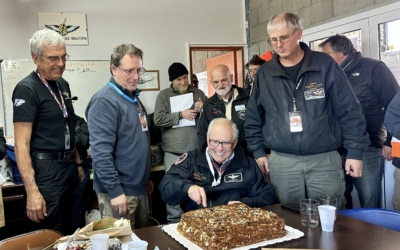When you claim a world altitude record, you must be able to prove beyond a shadow of a doubt that you truly achieved your claimed altitude. Part of the rules require a pre- AND a post-flight calibration of your instruments. The Soaring Society of America contributed two LX-9000s to the Perlan Project to anchor the front and rear instrument panels. Stanford University’s Space Rendezvous Lab has the ability to calibrate those High Altitude Flight Recorders (HAFRs). Dr Simone D’Amico has been very supportive of Perlan Project with three years of calibration. His team is receiving the Federation Aeronautique Internationale (FAI) Group Diploma of Honour at National Aeronautic Association (NAA) in Washington, DC later this month due to that generous support.
Most airliners and aircraft (Perlan included) use pressure altitude to safely fly together in the skies around the world. Everyone using the same system of measuring altitude makes spacing easier for air traffic controllers. HOWEVER pressure altitude has some serious problems when you fly as high as Perlan 2. The highest altitude flown by Perlan is over 76,000 feet pressure altitude – over 2.5 times Mount Everest. The molecules of air are so “thin” up there that pressure altitude (from the molecules pressing against the air probe) is not as reliable. (Please excuse the glossing of more technical details for this blog.) GPS altitude is MUCH more accurate at those heights. As a matter of fact there is typically 2,000 feet difference between “standard” pressure altitude and GPS altitude over southern Patagonia in the cold winter. NOT in the Perlan’s favor. So it is entirely understandable that the Sporting Code for gliders recently changed to require GPS altitude above 15,000 meters (about 50,000 feet) to claim a high altitude record. It is also entirely understandable that journalists are frustrated when there is not a simple answer to “How high did Perlan soar?”
So we took both LX-9000s to Stanford University for the triple world record claim post-flight calibrations. It is flat out amazing how accurate the LX instruments are. From 0 to 100,000 feet there is only a consistent 30-40 feet error in the GPS altitude data. That’s a remarkable 99.96% accurate. When the Stanford script called for 29,999 m (98,400 feet) the HAFRs displayed 29,989 m.
It was fun to see other models inside the Space Rendezvous Lab. There was a mockup of a robotic arm and a small satellite which demonstated proprietary algorithms of orbital rendezvous. Much less than 1 meter error is required for that rendezvous. They even had a 3 unit cubesat “flying” in their lab. It would just fit inside the science bay of Perlan 2. Thanks Dr Simone D’Amico, Dr Todd Walters, Vince Giralo, and Duncan Eddy for making the three calibrations possible. Also thanks to Bernald Smith who helped setting up the initial calibrations. Perlan Soars High! Jackie
For the diehard techie fans there is a YouTube video showing the start, high point, and end of the calibration script running on both LX-9000s simultaneously. https://youtu.be/BUu7AGAKinQ


